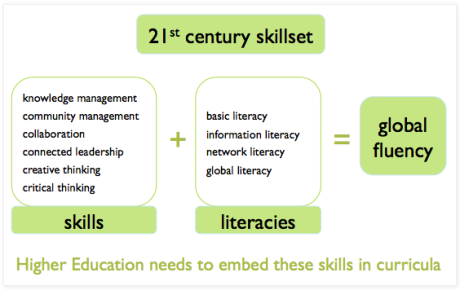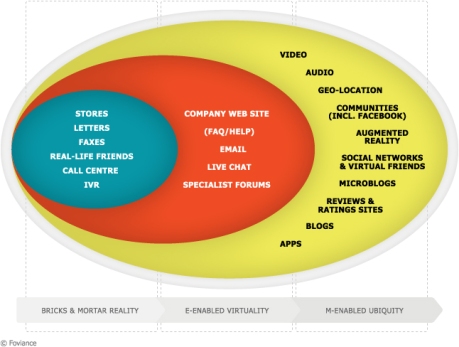I’ve been thinking about the idea of impermanence for awhile now as it pertains to social customer care. Tenuous perhaps, but this train of thought, this idea of – impermanence – has been sitting at the back of my mind, nagging away; I can’t seem to shift it. This nagging thought can be directly attributable to a number of posts written by Nathan Jurgenson, Snapchat’s in-house researcher.
He writes in Pics and It Didn’t Happen [The New Inquiry]: “What would the various social-media sites look like if ephemerality was the default and permanence, at most, an option?”
The thought intrigued me. What would social customer care look like if we pushed it to an extreme and applied the same sense of ephemerality to it? Here are my initial and somewhat unstructured thoughts.
—————————————————————–
The customer service model as we know it is built on permanence and through this permanence comes consistency and efficiency: the cornerstones of our modern day service experience. Organisations can provide the same experience, the same resolution time and time again, over and over again. Resolutions can be commoditised, packaged up, shipped out. This works because the organisation controls the systems of delivery.
But what happens not if, but when, customers refute the assumption of permanence? What happens when ‘temporary‘ becomes the norm. What happens when ‘temporary’ defines the characteristic of the solution or experience at hand? The solution is experienced once by its chosen audience, and then gone. This impermanence or temporariness of the experience determines how that service is provided (if at all), how the resolution is constructed, the tools required to create, curate, deliver it, and ultimately experience it. What happens if the chosen audience only has 10 seconds to view it, understand it… and then never to be seen again. How do you design a service or an experience that is ultimately self-deleting?
—————————————————————–
The service model that we know, built around permanence, is self-fulfilling. The knowledge base re-inforces this notion of permanence. Adds credibility to it. Substantiates it. It gives organisations a sense of security and importance.
This sense of permanence, however, makes it difficult to re-invent, renew, re-invigorate. It makes it difficult to question the past. It makes it problematic to move forwards, to create new experiences. We feel the weight of it bearing down on us.
In his post, The Liquid Self, Jurgenson writes:
“My worry here is that today’s dominant social media is too often premised on the idea (and ideal) of having one, true, unchanging, stable self and as such fails to accommodate playfulness and revision. It has been built around the logic of highly structured boxes and categories, most with quantifiers that numerically rank every facet of our content, and this grid-patterned data-capture machine simply does not comfortably accommodate the reality that humans are fluid, changing, and messy in ways both tragic and wonderful.”
—————————————————————–
But what would happen if we turned our back on this sense of permanence? What would happen if we rejected the burden of having to create something durable and lasting? What would happen if we could disentangle ourselves from equating authenticity with permanence? The knowledge base as the sacred source of truth. This isn’t about being forgetful either.
What if we accepted the elusive nature of impermanence? Accepted that the context of the knowledge base should not be the sole determinant of authenticity. The service experience like some kind of convenience food, consumed in the moment, experienced in the moment, resolved in the moment? Isn’t that enough?
The temporariness of the experience makes it by default personalised and contextual. This sense of personalisation is heightened by the fact that the audience for whom it is created is chosen. The choice is deliberate, intentional; in many ways this sense of impermanence is far more restrictive than our current service model. The fact that the experience will shortly be gone raises the level of acuity through a heightened sense of urgency.
The irony of this, however, is that in creating ‘disposable experiences’, it may actually force organisations to redefine, reconsider, rethink what truly needs to be permanent in the eyes of their customers. In the act of creating experiences that are impermanent, organisations perhaps, create value by default in those things that are then considered to be permanent. Without this, permanence becomes a playground for the mundane, the routine, the complacent. In this context, apps like Snapchat should not be instantly dismissed, but rather heeded as a warning to what the future of customer service might hold.




